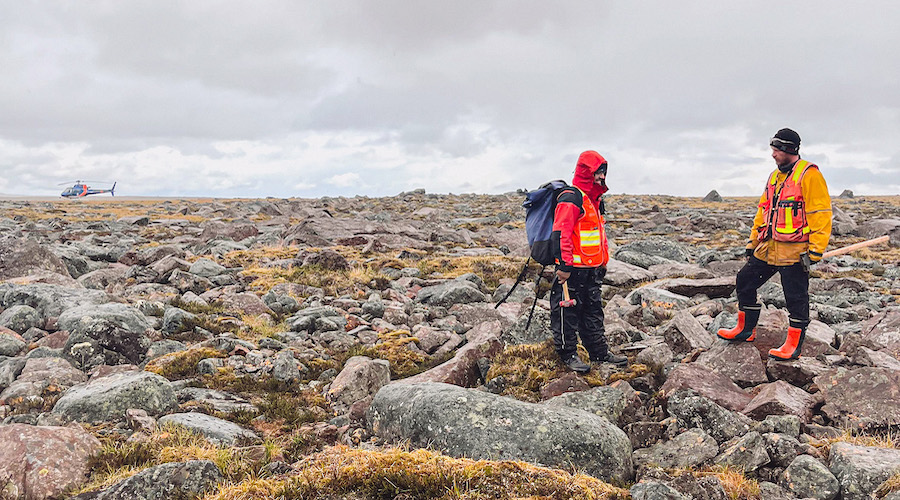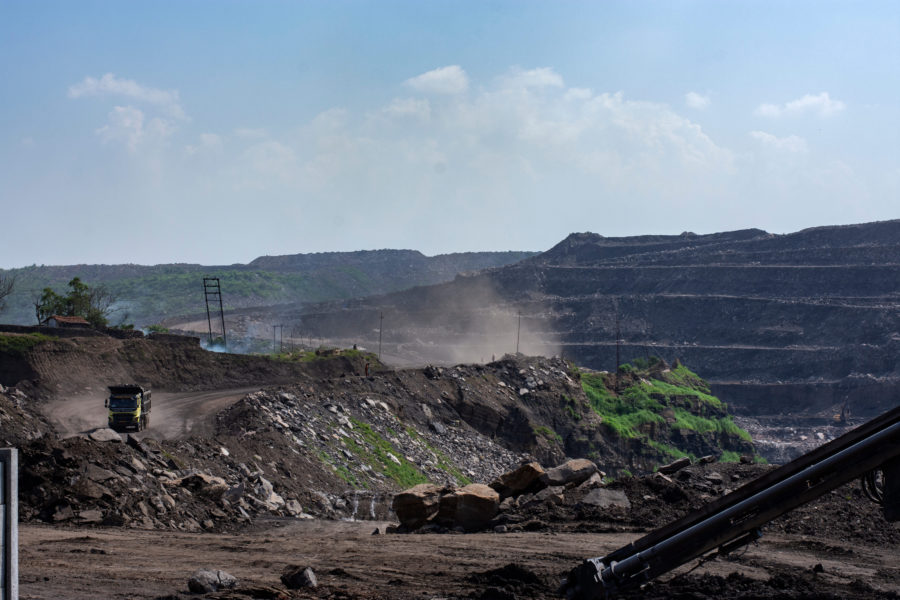Australian miners warned not to ignore ties between Latin America, Asia
An international lobbyist says Australian business cannot afford to lessen its efforts to engage with Latin America and play a pivotal role in the development of the region’s resources sector whose commodities were more favourably exposed to upside than Australia’s current iron ore and coal pressure points.
At stake particularly is the increasing engagement of Latin America with Asia, potentially at the expense of Australia’s traditional sense of right to be a major Asian player.
Addressing the first day in Sydney of the Paydirt 2015 Latin America Downunder Conference, Australia-Latin America Business Council Chairman, Mr Jose Blanco, said it was clear that Latin America’s mining sector and overall economic performance had not escaped the adverse impact of lower commodity prices and of other global trends that have sapped investor confidence, introduced greater market volatility and generally produced lower growth – including a slowing China and the oil price dip.
“The situation there is definitely not as good as it was a few years ago, but neither is it as bad as some imagine,” Mr Blanco said.
“The China slowdown and oil price double whammy are having a significant, but not uniform, impact throughout Latin America, dampening the prospects of growth in many countries.
“Growth in Latin America and the Caribbean is projected to be 0.9 percent in 2015, down from 1.3 percent in 2014 and while some economic commentators are more optimistic, the prospects are subdued.
“But that belies Latin America’s undeniable potential in mining and many other sectors with countries such as Peru, Mexico, Colombia and Chile forecast to grow at 3-4% this year – hardly catastrophic. Better still, Panama is forecast to grow above 5% and countries such as Nicaragua, Costa Rica and Paraguay above 4%.”
Mr Blanco warned that Latin America’s mining sector, like that in other markets, was returning to what could be considered a more ‘normal’ economic environment after the stellar performance of the decade long mining boom.
“What we are witnessing now is a flight to quality and to fundamentals in the mining sector, and perhaps to more balanced growth – and Australian investment has a continuing role to play.
“The region alone is responsible for 45% of global copper production, 50% of silver, 26% of molybdenum, 21% of zinc and 20% of global gold output.
More News
Gates, Bezos-backed critical minerals explorer to ‘go big’ on Congo – report
April 27, 2025 | 08:27 am
{{ commodity.name }}
{{ post.title }}
{{ post.date }}




Comments